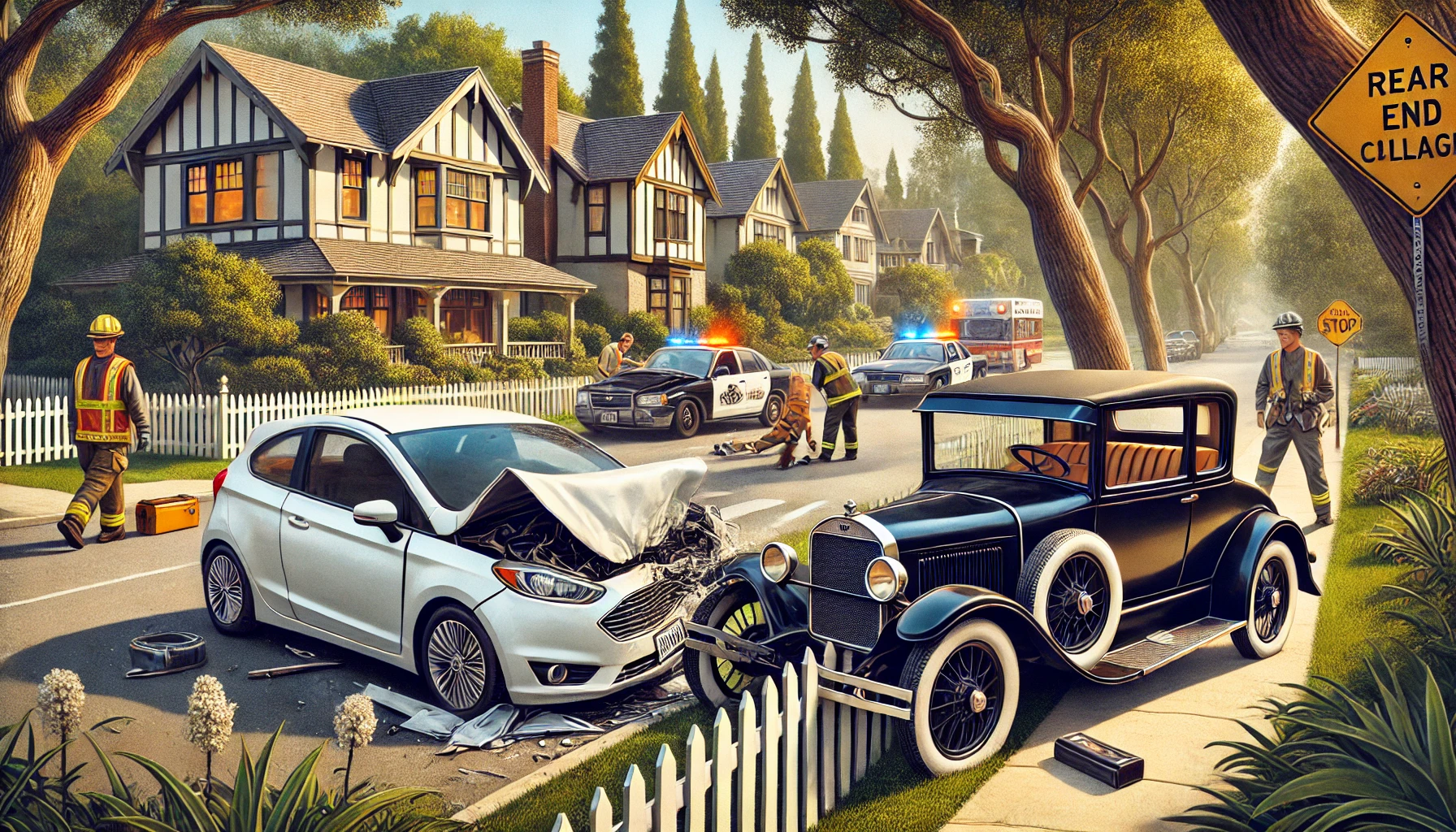
Car accidents, unfortunately, are a frequent occurrence on roads worldwide. While some accidents result in minor scrapes and bruises or no injuries at all, others can cause severe, life-altering injuries. In turn, understanding the most common types of injuries resulting from car accidents is crucial for both prevention and treatment. Here, we will explore the most common car accident-related injuries, discussing their causes, symptoms, and treatment options.
As explained by the car accident attorneys in Grand Rapids, whiplash is by far one of the most common injuries sustained in car accidents, particularly rear-end collisions. It occurs when the head is suddenly jolted backward and then forward, causing the neck muscles and ligaments to stretch beyond their normal range of motion. Symptoms of whiplash include neck pain and stiffness, headaches, dizziness, and sometimes blurred vision. Treatment typically involves rest, physical therapy, pain management, and in some cases, wearing a cervical collar to immobilize the neck temporarily.
Traumatic Brain Injuries are another serious and common injury of car accidents. These injuries occur when the brain is damaged by a sudden blow or jolt to the head. TBIs can range from mild concussions to severe brain damage. The true danger is that the full extent of the injury can be immediate or develop over time, and even become fatal if left untreated. Treatment for TBIs varies based on the severity of the injury ranging from rest to surgery.
Spinal cord injuries occur when the spine is damaged due to a sudden impact, making them highly likely in high-speed car accidents. Unfortunately, if the damage is severe enough, it can lead to partial or complete paralysis below the injury site. Such injuries require immediate medical attention and can result in long-term disability. Treatment may include surgery, medication, physical therapy, and in some cases, assistive devices like wheelchairs or braces to aid mobility and independence.
Typically, caused by high-force impacts, the most frequently broken bones in car accidents include the arms, legs, ribs, and collarbones. Symptoms of fractures include intense pain, swelling, bruising, and an inability to move the affected limb. To ensure proper healing, treatment must be quick and usually involves immobilization of the bone with casts or splints, pain management, and sometimes surgical intervention to realign and secure the bones with pins, plates, or screws.
Because internal injuries are not visible from the exterior like a cut or broken bone, this is what makes them particularly dangerous and usually life-threatening. Damage to internal organs such as the liver, spleen, lungs, and kidneys, as well as internal bleeding, make them one of the deadliest injuries in car accidents and demonstrate the importance of always seeking medical treatment after being in a vehicle crash. Symptoms may include abdominal pain, dizziness, fainting, and signs of shock. Immediate medical attention is crucial for internal injuries, with treatment often requiring surgery and intensive care to manage blood loss and repair damaged organs.
Often overlooked, vehicle accidents can also have a significant psychological impact, leading to conditions such as post-traumatic stress disorder (PTSD), anxiety, and depression. These psychological injuries can be just as debilitating as physical injuries and often require professional mental health support. Treatment may include therapy, medication, and support groups to help individuals cope with the emotional aftermath of an accident.
Understanding the common types of injuries that can occur after a car accident is essential for both prevention and effective treatment. For all physical and psychological injuries, prompt and comprehensive medical care and proper rehabilitation can significantly improve the chances of recovery. Ultimately, being aware of these potential risks, individuals can take proactive steps to protect themselves and seek timely treatment when necessary.